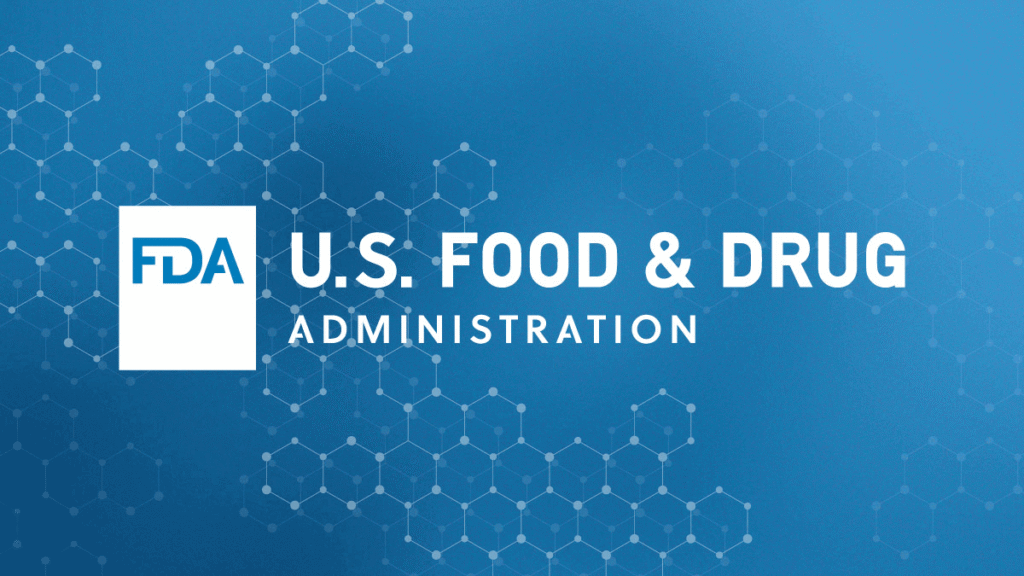### Opening the Digital Gates: A Trustworthy Path to Federal Veterinary Information
In an era dominated by digital interactions, ensuring the security and authenticity of the information we consume is paramount. This is particularly true in the realm of animal and veterinary services, where critical decisions impacting the health of animals and, by extension, public health, hinge on reliable data. The federal government, recognizing the vital nature of these services, has curated a suite of online resources designed to be both authoritative and secure. But how can professionals and the general public alike navigate this intricate online ecosystem with confidence?
### The Backbone of Trust: What Does .gov Mean?
At the heart of this digital assurance is the ubiquitous .gov domain. Reserved exclusively for government agencies, this domain serves as a beacon of trust, signaling to users that they are engaging with legitimate government resources. But why is this important? The answer lies in the nature of the information shared on these platforms. Whether it’s guidelines on animal health, updates on veterinary legislation, or research findings that could impact animal welfare policies, the information must be accurate and credible.
A .gov website is more than an address; it is a commitment to security and reliability. These sites are rigorously monitored and maintained, ensuring that any data shared or received is protected against unauthorized access. The presence of the HTTPS protocol further solidifies this commitment, providing encryption that guards the integrity of the information exchanged.
### From Livestock to Labradors: The Scope of Federal Veterinary Resources
Federal veterinary resources span a vast array of topics and services. Agencies like the United States Department of Agriculture (USDA) and the Food and Drug Administration (FDA) oversee a broad spectrum of activities from disease control in large-scale livestock operations to ensuring the safe consumption of animal-derived products. These agencies also regulate pet food safety and oversee veterinary pharmaceuticals, ensuring that both our agricultural industries and our pets are protected.
This vast network of oversight is crucial. For example, consider the outbreak of a livestock disease. The USDA would coordinate a response, leveraging data and resources from various state and federal partners to contain and eradicate the disease. This rapid, coordinated effort relies on the secure and efficient dissemination of information, much of which happens through .gov websites.
### Cybersecurity in Veterinary Medicine: A Modern Necessity
As the digital age evolves, so too does the landscape of cybersecurity threats. Government websites, due to their authoritative nature and the sensitive information they handle, are prime targets for cyber attacks. This makes the HTTPS protocol not just a feature but a necessity, encrypting the data between the user and the server to prevent interception by malicious actors.
The stakes are high in veterinary medicine. Breaches could lead to the unauthorized disclosure of proprietary research data, the manipulation of critical health guidelines, or even the dissemination of false information that could impact public health responses. Thus, the emphasis on secure communication channels is both a proactive and reactive measure against these threats.
### The Human Element: Stories from the Field
Behind the digital curtain of federal veterinary resources are the professionals and researchers dedicated to advancing animal health. Take Dr. Emily Carter, a veterinarian working with the USDA, who shares her experience navigating the wealth of resources available on .gov sites. “In my line of work, having access to up-to-date, accurate information is invaluable. The .gov websites provide a centralized location where I can find everything from the latest research studies to practical guidelines for the field,” she explains.
Dr. Carter’s story is not unique. Thousands of veterinarians, researchers, and animal health professionals rely on these secure platforms to inform their work. The trust in these resources not only supports day-to-day operations but also fuels innovation and research that pushes the boundaries of veterinary medicine.
### The Future of Federal Veterinary Resources
As we look to the future, the role of digital resources in veterinary medicine is poised to expand even further. With advancements in technology, the integration of artificial intelligence, and the growing importance of data analytics, the potential for more dynamic and interactive online resources is immense. These innovations promise to enhance decision-making processes, improve disease surveillance systems, and facilitate better communication across global veterinary networks.
However, with these advancements come challenges. Ensuring that these digital platforms remain secure, accessible, and user-friendly will require ongoing investment and innovation. Collaborations between government agencies, tech companies, and veterinary professionals will be essential in creating a robust digital infrastructure that can adapt to the ever-changing landscape of cyber threats and technological advancements.
### Conclusion: A Digital Frontier for Animal Health
The secure landscape of federal veterinary resources is a testament to the importance of trust and security in the digital age. As the interface between government agencies and the public, these platforms play a critical role in safeguarding not only animal health but public health at large. By understanding the significance of the .gov domain and the security measures in place, users can confidently navigate these resources, ensuring that the information they rely on is both credible and protected. As technology continues to evolve, so too will these digital systems, promising a future where animal and veterinary services are more connected, informed, and secure than ever before.
Continue reading the complete article on the original source



